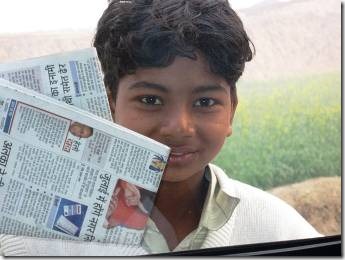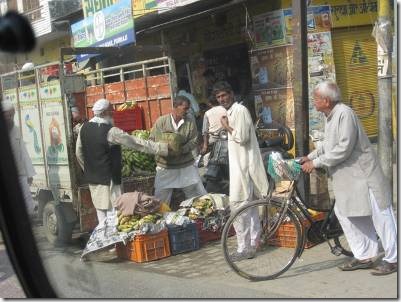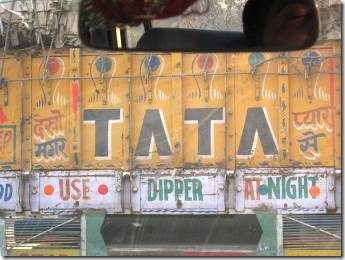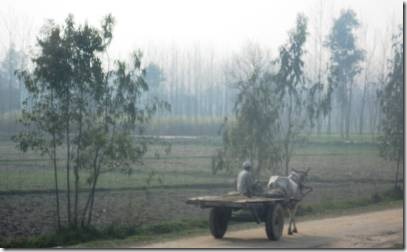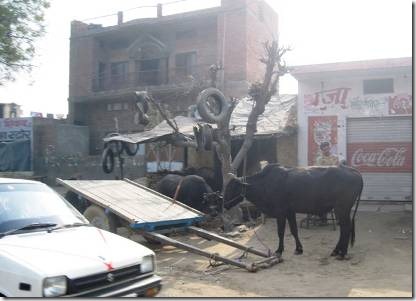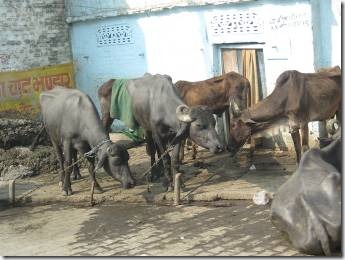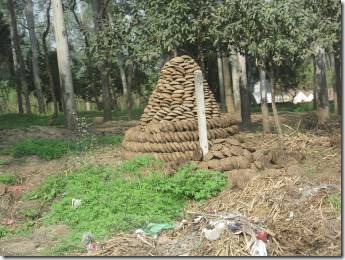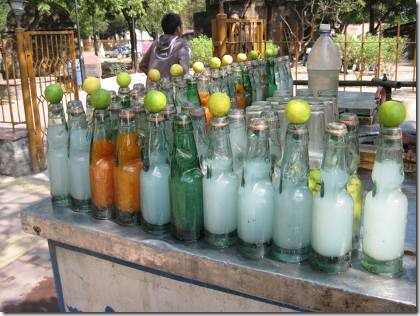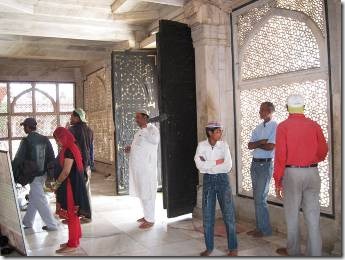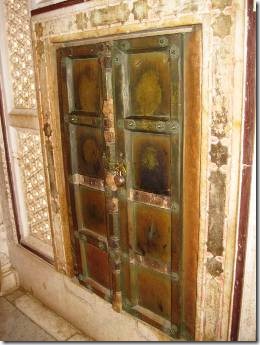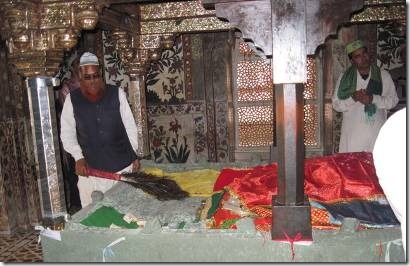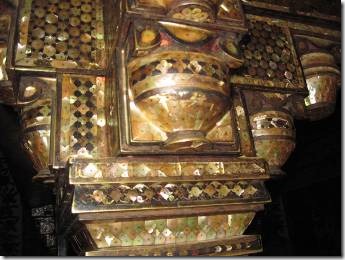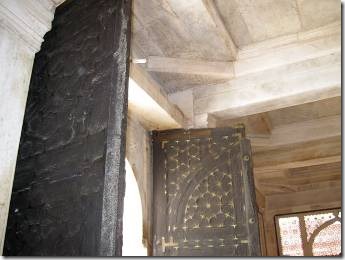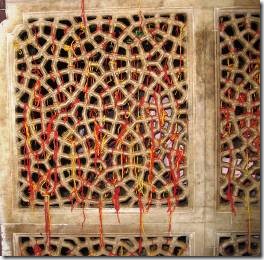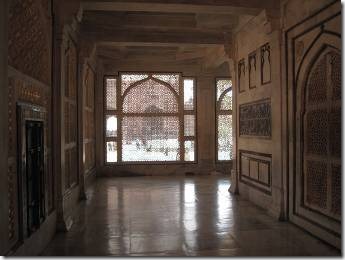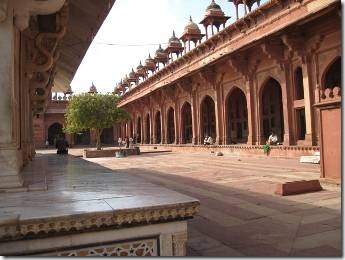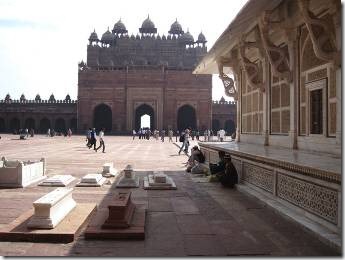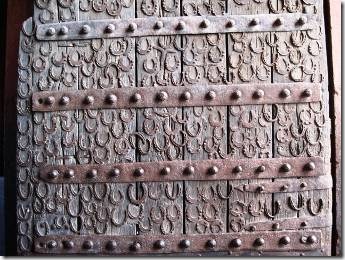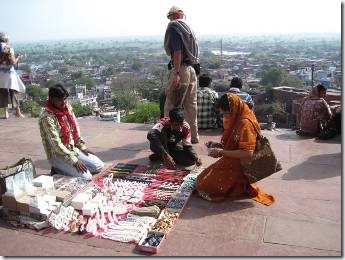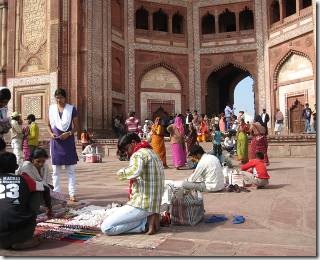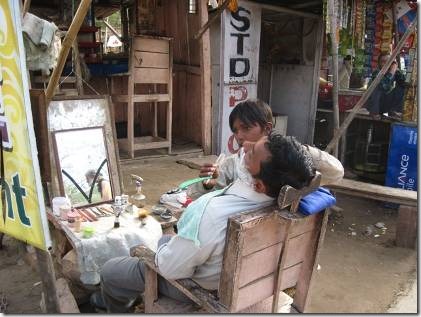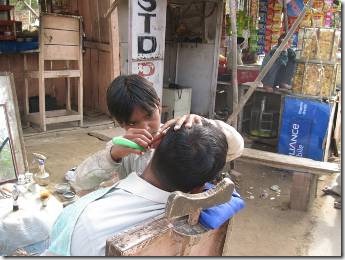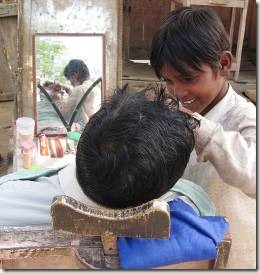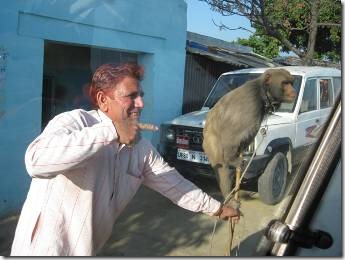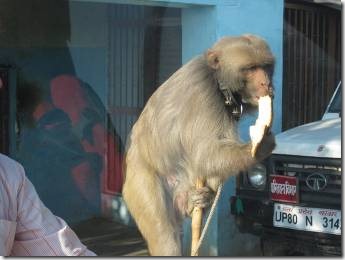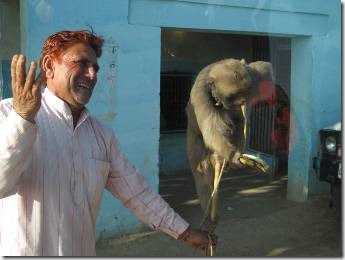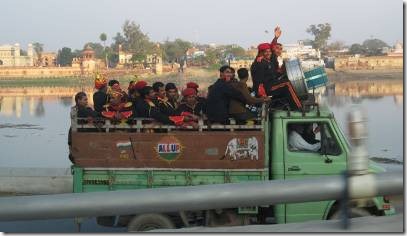Hi All,
Almost at the end of our trip to northern India; just one more email after this.
Ru
My knowledge of Indian history consists of watching the Masterpiece Theater series "The Jewel in the Crown," the movies Gandhi, and Slumdog Millionaire and reading the mystery Mumbai Ice and the Booker Award winning book The God of Small Places and William Dalrymple’s City of Djinns: A Year in Delhi. All of that adds up to “not much.” It is really too bad that Elizabeth and Patrick aren’t here because between them, they know pretty much everything about British history which covers most of the last few centuries of Indian history. And since we’re about to move to Turkey, it’s not likely I’ll be taking the time to learn much more about India, at least not now. However, after visiting Indira Gandhi’s home in New Delhi I might one day have to read more about her.
Our last morning in Delhi we tried to cram in two stops; the first at Indira Gandhi’s home and the second at the ancient Qutab Minar. It was a Saturday morning and we arrived about 9:15 am shortly after opening time at Gandhi’s home. At this point we no longer had Sandeep as a driver so Randal volunteered to stay in the taxi with all of our stuff. Linda, Michael and I went through, not really rushing but not taking the time it really deserved. There were lots of photos and each told an interesting story about Gandhi. And in a room off to one side there was a sign about a movie we wouldn’t have time to watch. I did take some photos of Gandhi as a young woman and of her beautiful home.
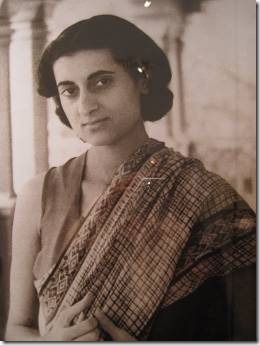
Young Indira Nehru
Indira Gandhi was the daughter of Nehru. Her married name was Gandhi, but she was not related to “Gandhi.”
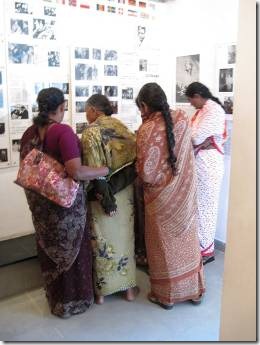
Other visitors at the museum.
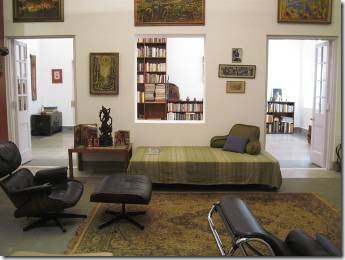
Her home.
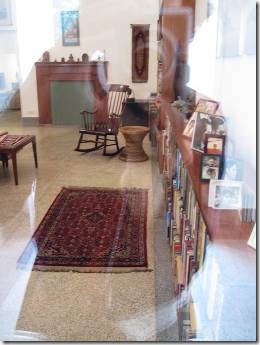
The rooms were blocked off with glass making it hard to take photos but I loved the open space and book shelves and rugs and it how light each room seemed to be.
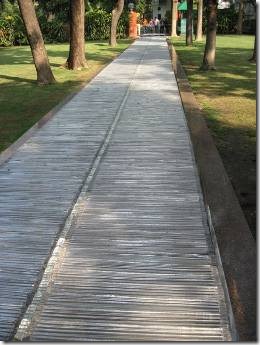
At the end of this path in her garden, Indira Gandhi was assassinated by her two Sikh body-guards on October 31, 1984.
“Today, Mrs. Gandhi’s house is a shrine dedicated to the former Prime Minister’s memory. Busloads of school children trail through licking ice cream (not any more, Michael had to give up his water) and staring at Mrs. Gandhi’s rooms, now permanently frozen as they were on the day she died. Her Scrabble set, a signed photograph from Ho Chi Minh, a pair of her knitting needles and her books- an unlikely selection, including Marx, Malraux and The Diaries of Evelyn Waugh- all lie behind glass, numbered and catalogued. …as she lay there pouring with blood from some twenty bullet wounds, Indira Gandhi was still alive.
An ambulance was waiting outside the gate of her house, as regulation demanded, but, this being Delhi, the driver had disappeared for a tea break. So Indira’s daughter-in-law, Sonia Gandhi, bundled the Prime Minister into the back of a decrepit Hindustan Ambassador, and together they drove the three miles to the All-India Medical Institute.
Indira was probably dead on arrival, but it was not until one o’clock that the news was broken to the waiting world. The effect was immediate. When the crowds learned that their leader had been assassinated, and that a Sikh was responsible, the thin ice of Delhi’s tenuous peace was shattered. The mourners wanted blood. Grabbing sticks and stones and whatever else came to hand, they set off looking for Sikhs.” Pgs 27 and 28 City of Djinns by William Dalrymple
Sikhs: Followers of the religion founded by Guru Nanak in the Punjab in the fifteenth century-a sort of compromise between Islam and Hinduism. Sikhs believe in one God and are opposed to idol worship. They are hard working and, though they make up less than 1 percent of India’s population, are both prominent and unmistakable: in obedience to Guru Nanak’s command, observant Sikh men never cut their hair, and sport a turban and a long beard. p. 342 Dalrymple
Following the Partition of India after its independence, many Sikhs had moved from the Punjab area which became Pakistan after Partition. Because the two body-guards who assassinated Gandhi were Sikhs, there were horrible riots for days and many Sikhs were brutally killed.
I left the home and went back to the taxi and while Linda and Michael waited, I took Randal to see the rooms in the house. Amazingly there was no charge, nor was there a book shop selling anything; I might have been tempted to buy that biography. Randal keeps talking about building a house and I wanted him to see Gandhi’s because I really liked it. It was amazing how the crowd had grown in the short time and we had to wade our way through the busloads of people.
Then it was off to the Qutab Minar, the 240 foot tower of victory built by the first Sultan immediately after he had driven the Hindus from Delhi in 1192. But with the Saturday Delhi traffic and the quarter mile walk from the parking lot, we decided we just couldn’t do it and make it to the airport for our flight back to Cochin.
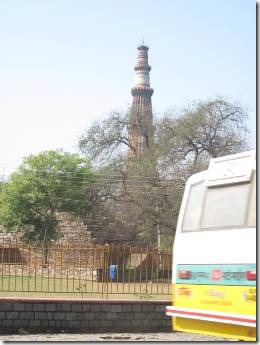
Qutab Minar from the parking lot.
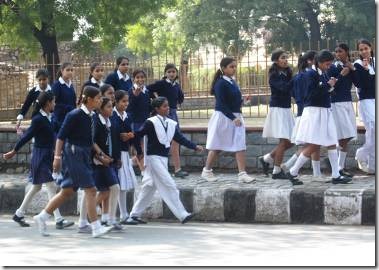
These school girls were on their way in as we got back into our taxi for the trip to the airport.
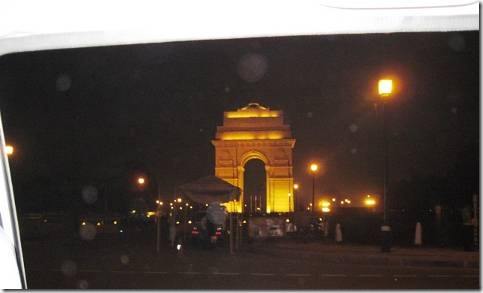
During our first week in Delhi we drove past the India Gate one night.
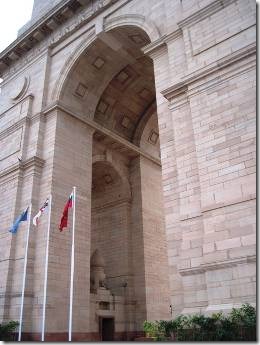
The India Gate, 42 meters high was originally built as a memorial to the 90,000 Indian soldiers killed during World War I
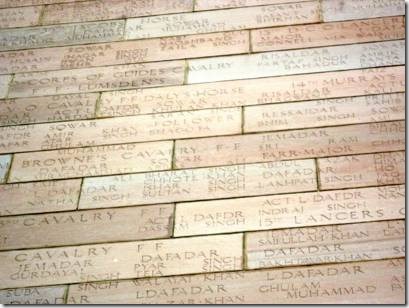
The names are carved into the stone.
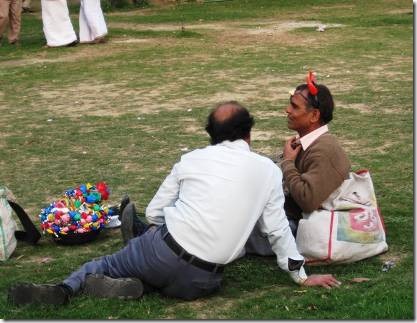
The India Gate is at one end of the Rajpath and the President’s Residence and other government buildings are at the other end.
It reminded me of the Washington Mall. There were lots of people there for the open space and vendors sold all kinds of things including devil horns and fake glasses with a nose attached. The man on the right displays both on his head.

